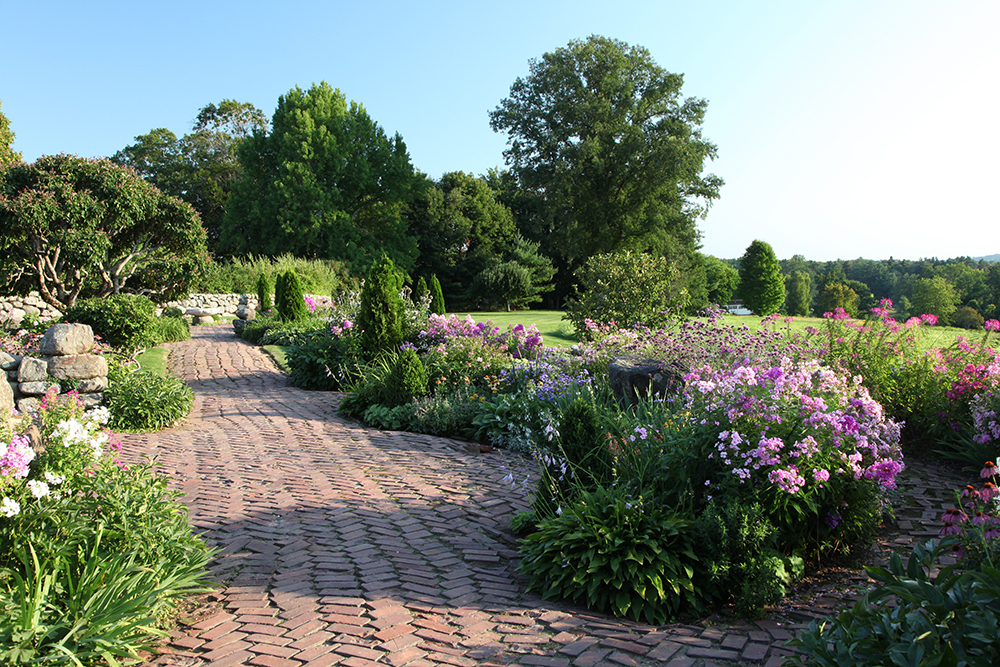Tranquillity Farm
Middlebury, Connecticut

The John Howard (J. H.) Whittemore estate in Middlebury, Connecticut, was primarily the work of landscape architect and planner Warren H. Manning. The project was begun by Charles Eliot (1859–1897), an important mentor for Manning at the firm of Olmsted, Olmsted & Eliot. Manning (1860–1938) was a young associate in 1893, when Eliot began designing the estate, called Tranquillity Farm, on 300 acres of sloping farmland overlooking Lake Quassapaug. The layout integrated McKim, Mead & White buildings and a landscape of intimate garden spaces, distant prospects, a working forest, farm pastures, and recreational amenities. Graceful roads and prominent stone walls traced the contours of the land. Possibly at Manning’s suggestion, Ellen Shipman designed a terraced garden overlooking the water.


Whittemore’s correspondence, which his descendants shared with LALH, reveals that Manning assumed responsibility for the project in 1895 (two years before Eliot’s death) and continued the work after opening his own firm in Boston, in 1896. Manning grew to admire Whittemore (1837–1910), a philanthropic businessman based in neighboring Naugatuck: “No other of my clients has given more of his personal thought, action, and resources to the planning and execution of work for the improvement of his home and business town of Naugatuck, and his summer home town of Middlebury,” Manning wrote in his unpublished autobiography. Over the course of thirty-five years, Manning worked on more than thirty other projects for Whittemore and his descendants. In a poignant final commission, the family rehired Manning in 1928 to subdivide Tranquillity Farm with the same sensitivity he and Eliot had shown in its initial design.

The original mansion is no longer extant. The carriage house now serves as the main residence. The estate is in private hands.
Learn more about Manning’s life and work in Warren H. Manning, Landscape Architect and Environmental Planner.